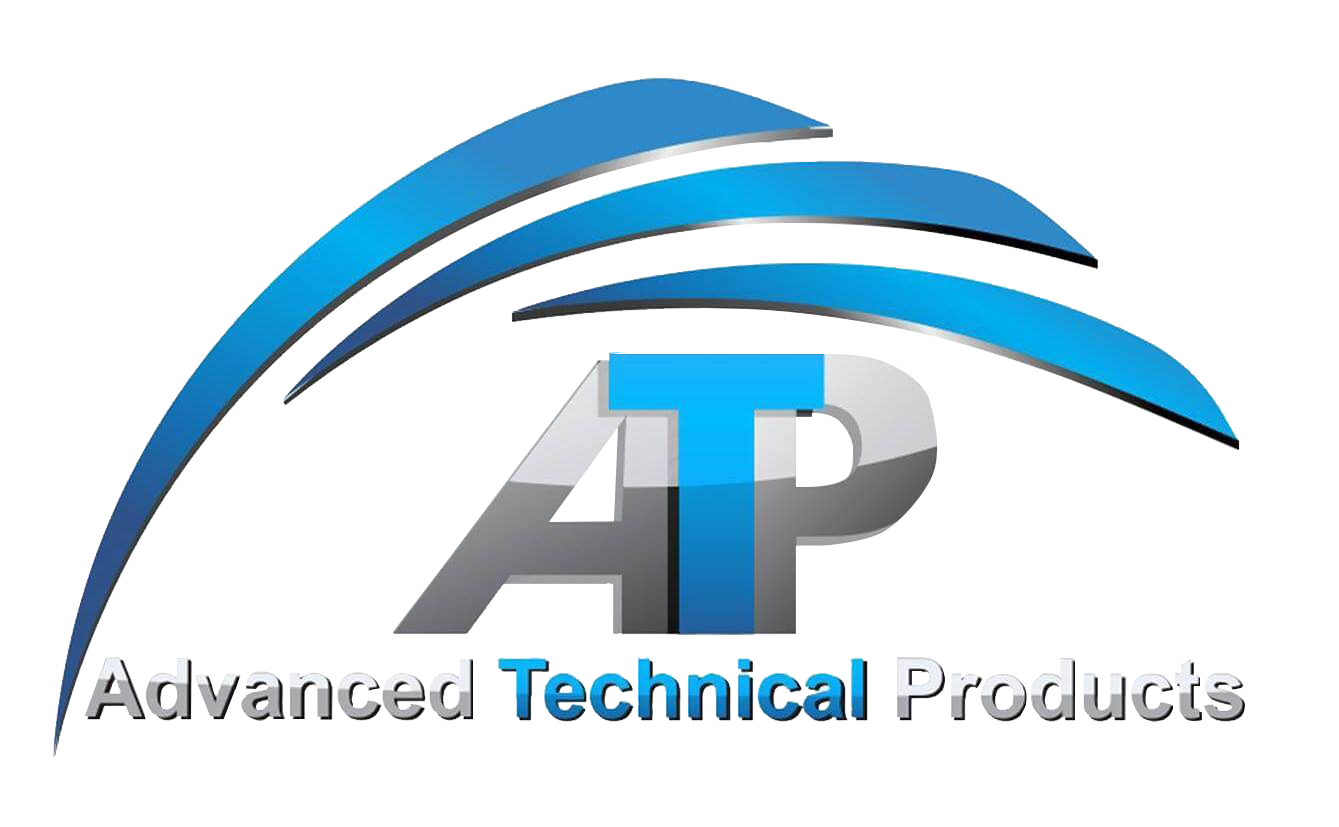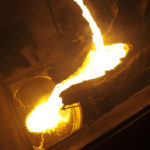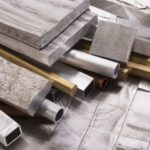Type I (chromic acid) and Type II (sulfuric acid) anodizing processes are used as protective coatings on aluminum or aluminum alloys. These processes produce surfaces which are hard, resistant to corrosion and aesthetically pleasing. Type III hard coat anodizing takes this finish one step further, producing a coat that can surpass heat-treated steel in its hardness. Type III anodized finish is composed of crystallized aluminum oxide, and is hard enough to be classified as a ceramic. Ceramic coating, however, refers to different processes. These other methods leave a surface that is much harder than standard hard coat and is nearly non-porous. One of the main processes used in the ceramic coating of aluminum is known as micro-arc oxidation (MAO), also known as plasma electrolyte oxidation (PEO).
Anodizing Processes
In Type III hard coating, a bath of sulfuric acid with added powdered aluminum is chilled down to approximately 30 degrees F and used as the electrolyte. In this process, DC currents of low voltages (under 100) pick up oxygen from the electrolyte and chemically combine as aluminum oxide on the exterior parts. Due to low voltages and amperages, coating time is slow and can take many hours. Alloys that are high in copper or silicon are not receptive to this process, ruling out many of the aluminum casting alloys.
In MAO finishing, an alkaline bath with a pH range of eight to 12 is used instead of acids. AC currents that are high enough in voltage to exceed the dielectric field of the part attach to an electrode suspended in the electrolyte. During the process, visibly glowing micro plasma surround the part. The oxygen produced in the plasma combines with the aluminum surface as an oxide layer that actually grows into the finish, not just outside of it. Although different aluminum alloys can be coated to different hardness levels, they all can be successfully finished with MAO processes.
Finishes
Coatings produced by the MAO process are harder and smoother than type III coatings. MAO hardness can obtain up to 2,500 HV on the Vickers Hardness Scale, compared to around 600 for standard hard coating. A rating of 2,500 HV equals three times the hardness of heat-treated steel and over two times the hardness of a hard chrome coating. When MAO parts come out of the electrolyte, the surface finish consists of a two-tiered coat. The outside has a softer, more porous layer that remains for lubricant or additional coating retention or can be removed. Underneath this layer is the actual ceramic coating. Surface roughness of this layer is approximately 10 percent of the coating thickness meaning that some very smooth finishes are available.
This coating is much less porous than in anodizing, as the anodized finish consists of hexagonal crystals with a hexagonal hole in the center of each crystal (the pore). There are some pores present in the ceramic layer of MAO coats, but the diameter of these pores ranges from 10 to 100 nanometers. Not only are these pores benign, they are almost immeasurable.
Read more: Anodizing Versus Ceramic Coating






